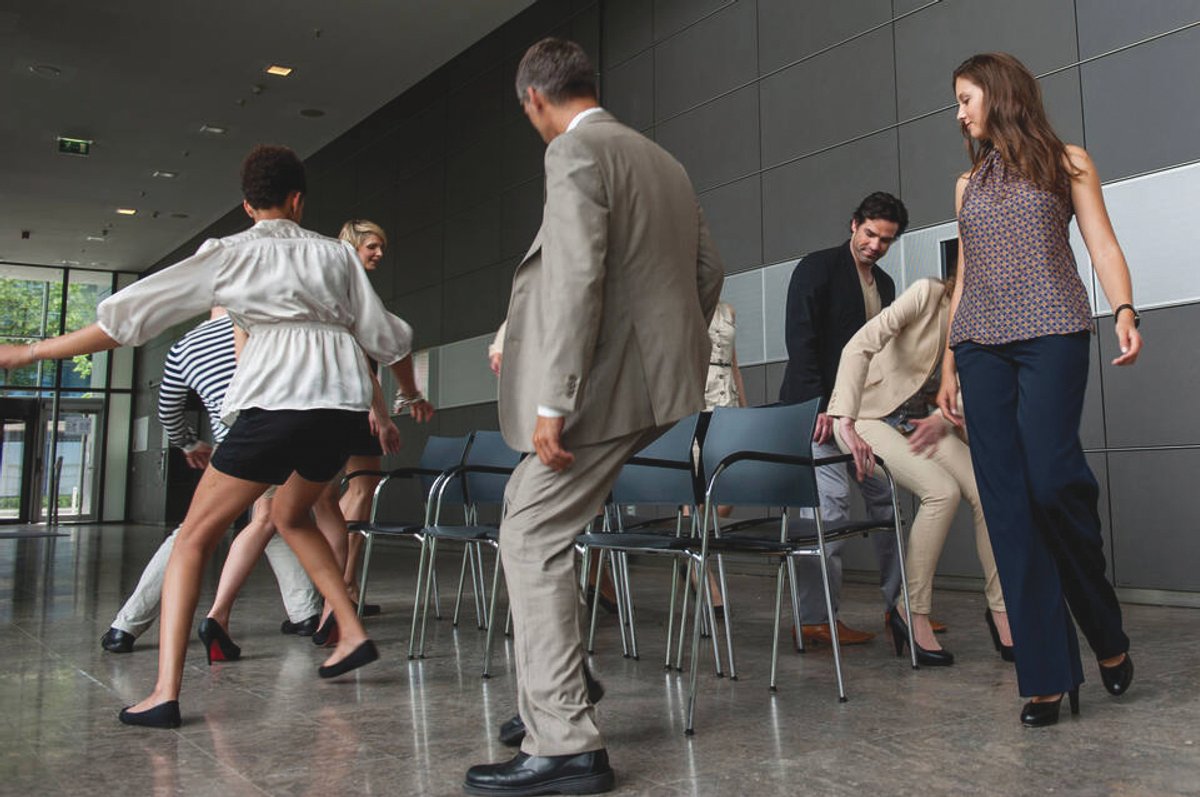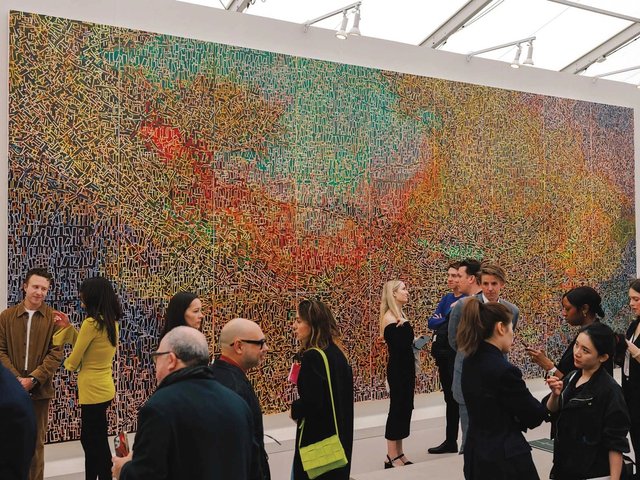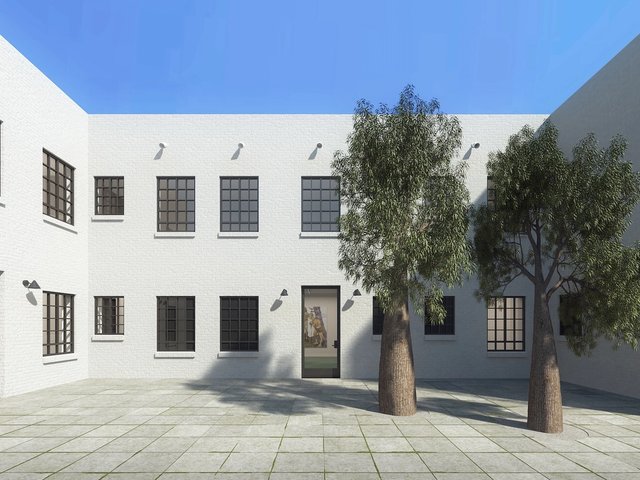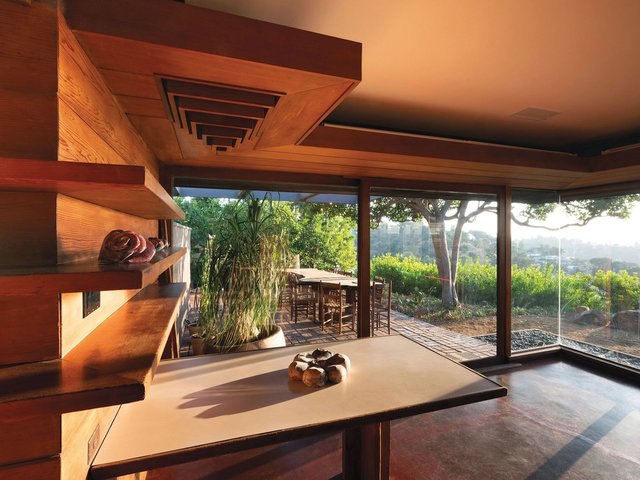The big wave of New York and European galleries opening branches in Los Angeles looks more like a splash these days (bienvenu, Perrotin!), but the city’s highly specialised art-market labour force is still feeling the ripple effects. Gallery directors in particular have had an opportunity to try out new jobs—and exit old ones—in what looks like a fast-paced game of musical chairs.
Galleries that have opened branches in Los Angeles in the past two years include Karma, Lisson, David Zwirner, Marian Goodman, Sargent’s Daughters, The Hole, James Fuentes, Sean Kelly and Perrotin, prompting lots of new director hires. Alexandra Tuttle, best known for running 356 Mission, joined David Zwirner alongside Robert Goff, in from New York. Kurt Mueller swapped a senior director job at David Kordansky for one at Marian Goodman, joining the executive director Adrian Rosenfeld. Most recently, Hauser & Wirth veteran Courtney Treut—who became a co-director of Sean Kelly in 2022 alongside the founder’s son, Thomas Kelly—decamped to run Michael Werner, expected to open this spring in Beverly Hills. “I think it’s really exciting,” says Michelle Pobar, who left her director spot at David Kordansky for one at Lisson in 2022. “There is a lot of opportunity out there.”
The push to hire local talent reflects a growing understanding that there is no single or simple “Los Angeles art world”. Many agree that the days of a gallery parachuting into town with existing staff or programmes are over.
“Los Angeles is a huge, weird, wonderful place, and you need a local to show you the way,” says Rosenfeld, a gallery veteran who moved from New York to Los Angeles in 2011 to open a branch for Matthew Marks and ran his own space in San Francisco before joining Marian Goodman to helm its programme in Los Angeles. “These local directors have what it takes to help an artist feel at home, which is essential to mounting a terrific exhibition. They also have closer, deeper relationships with clients in Los Angeles, allowing the New York galleries to transact, perhaps for the first time, at a higher level in California.”
Others add that this group of directors draws on more than Southern California contacts and experience. “To usher in an international gallery, it’s important to have someone on your team who knows the collectors and institutions,” Pobar says. “Los Angeles in and of itself is a small market, but if you look at Orange County and the Bay Area and the Pacific Northwest, it’s really a broad sector.”
For his part, James Fuentes says he was looking for a director with strong roots in the community, and he found that in Ana Vejzovic Sharp, who ran Mark Grotjahn’s studio for several years after director stints at two galleries here. “To be honest, I had this deep insecurity even after the [Los Angeles] gallery opened that I was just a leaseholder out there, renting a room or space, but the minute Ana started working with us, she infused the space with a soul and identity that put me at ease,” Fuentes says.
As Angela Robins, the director of Sargent’s Daughters, puts it, “I don’t think the galleries opening here are going to be successful unless we become part of the fabric of the Los Angeles art world, both in terms of staff and artists.” Robins’s own trajectory is rather unusual; in 2016 she left Honor Fraser gallery to become a wine-maker. She says she was drawn back in part by the opportunity to build something new. “If you work for a blue-chip gallery, you’re more likely to become a salesperson. It’s harder but more rewarding in a way to build a programme,” Robins says, adding that she is devoting all of Sargent’s Daughters’ 2025 exhibitions in California to the issue that is most important to her: climate change.
The expanding Los Angeles job market can also benefit a range of other gallery employees, from entry-level assistants to senior registrars, which Jessica Witkin, a gallery director at Blum, calls “the hottest job in Los Angeles”, thanks to minimal supply and wide demand. She sees a positive effect of all this job movement on the field overall: “Because there are more opportunities here, it’s forcing galleries to professionalise—to take care of their support team and pay their people well. They know there are other places to go now.”
As for Perrotin Los Angeles, it has just named two senior directors: Nadia Ng-Middleton, who is already with the gallery in Hong Kong, and Jennifer King, who was most recently a curator of contemporary art at the Los Angeles County Museum of Art.






